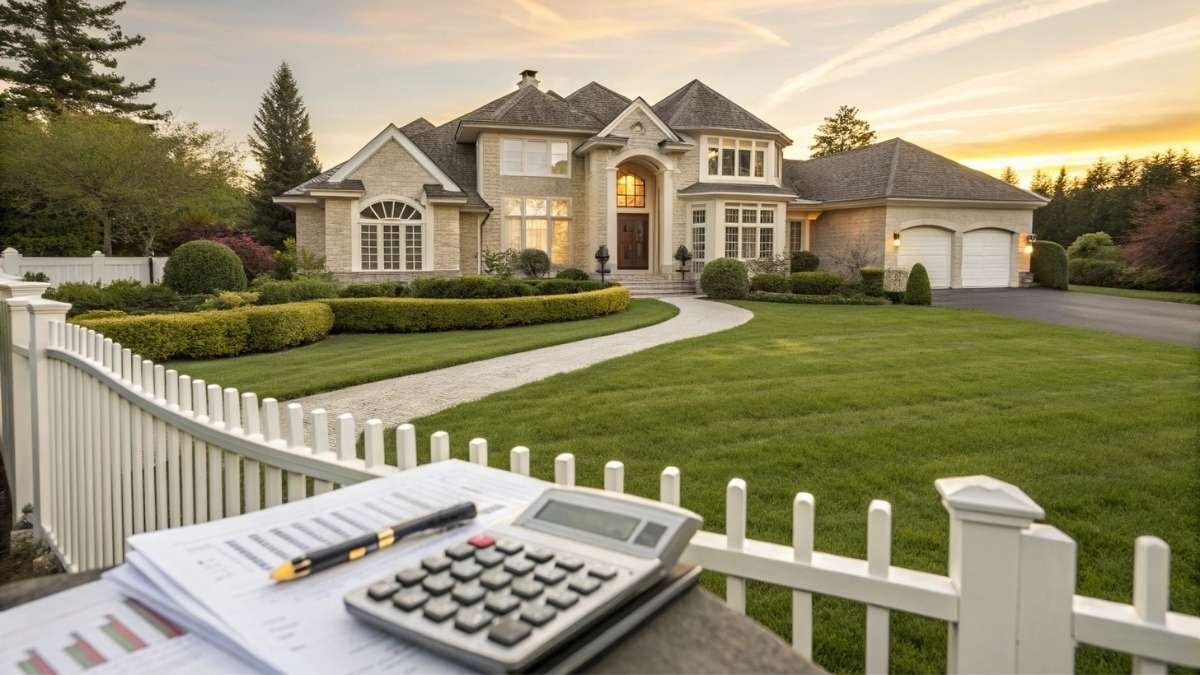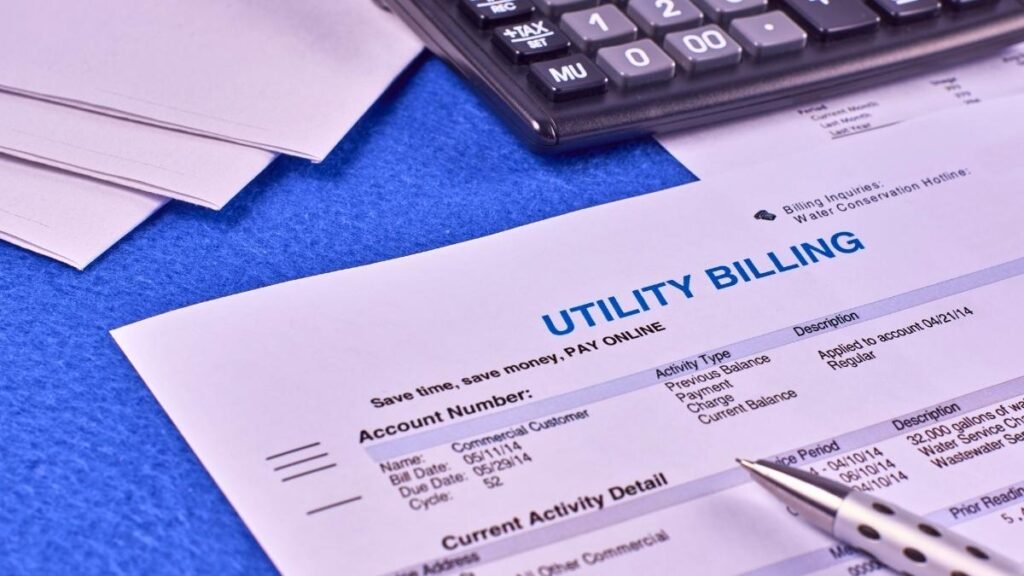
Dreaming of a sprawling estate with a view that takes your breath away? The allure of luxury living is undeniable, but there’s more to the story than meets the eye. While the glossy brochures and virtual tours might make it seem like a seamless transition into the lap of luxury, there are hidden costs lurking in the shadows that your realtor might not mention.
These expenses can add up quickly and significantly impact your financial planning. From property taxes that soar higher than your expectations to the seemingly endless list of maintenance tasks, owning a luxury home is a complex journey.
But fear not! This guide is here to shed light on these hidden costs and equip you with the knowledge you need to prepare for them. Whether you’re a first-time luxury homebuyer or a seasoned property owner looking to upgrade, understanding these costs can help you make informed decisions and avoid unpleasant surprises. So, let’s dive in and uncover the true price of luxury living.
Property Taxes: The Silent Expense

When you buy a luxury home, one of the first hidden costs you’ll encounter is property taxes. These taxes are calculated based on the assessed value of your property, and luxury homes, with their high-end finishes and expansive square footage, often come with a hefty price tag. In many areas, property taxes can be a significant portion of your annual expenses.
For example, in California, property taxes are generally capped at 1% of the assessed value due to Proposition 13, but in other states, rates can be much higher. In Beverly Hills, for instance, the Mansion Tax adds an extra layer of cost for properties valued above a certain threshold. Understanding these local variations is crucial for budgeting.
If you’re considering a move to a new area, research the local tax rates and assess how they might impact your overall financial plan. Remember, property taxes are an ongoing expense, so factor them into your long-term budget to avoid financial strain.
Homeowners Association (HOA) Fees: The Price of Community Living

Living in a luxury community often means enjoying exclusive amenities like private pools, tennis courts, and 24-hour security. But these perks come at a cost in the form of Homeowners Association (HOA) fees. HOA fees cover the maintenance and management of common areas, landscaping, and other community services.
These fees can vary widely, but they’re typically higher for luxury properties due to the extensive amenities and services provided. For example, a luxury community might charge $500 to $1,000 per month in HOA fees, which can add up to a significant annual expense. Before purchasing a property, review the HOA’s financial statements and bylaws to understand exactly what you’re paying for and how the fees are used. This transparency can help you make an informed decision and avoid surprises down the road.
Insurance Costs: Protecting Your Investment

Insurance is another critical expense that can catch luxury homeowners off guard. Standard homeowner’s insurance policies often fall short when it comes to covering the unique features and high-value items found in luxury homes.
That’s why specialized insurance policies are essential. These policies can cover everything from high-end artwork and custom fixtures to liability protection in case of accidents on your property.
Factors like location, property value, and the presence of natural disaster risks can significantly impact your insurance premiums. For instance, a luxury home in a coastal area prone to hurricanes will have higher premiums than one in a more stable region.
It’s important to shop around and compare quotes from different insurers to find the best coverage at a reasonable price. Investing in the right insurance not only protects your property but also gives you peace of mind knowing your investment is secure.
Maintenance and Landscaping: Keeping Up Appearances

The upkeep of a luxury home is no small task. From the pristine exterior to the opulent interior, maintaining a high-end property requires both time and money. Exterior maintenance includes landscaping, gardening, and pool maintenance, which can be particularly costly if you have extensive grounds or a large pool.
Interior maintenance involves preserving the quality of high-end finishes like marble floors, custom woodwork, and specialized installations. Hiring professional services to handle these tasks is often necessary to ensure the property’s value is maintained.
For example, a professional landscaping service might charge $100 to $200 per month, while a pool maintenance service could cost $200 to $300 per month. Regular maintenance not only keeps your home looking its best but also helps prevent costly repairs down the line. When budgeting for maintenance, consider setting aside a specific amount each month to cover these recurring expenses.
Utility Bills: The Cost of Comfort

Living in a luxury home often means enjoying features that can significantly impact your utility bills. Large windows, heated pools, and advanced technology systems all contribute to higher energy consumption. Water usage can also be substantial, especially if you have extensive landscaping or an outdoor pool.
For example, a home with a large heated pool might see water and energy bills double or even triple compared to a standard home. To mitigate these costs, consider investing in eco-friendly options like solar panels and water-saving technologies.
Not only can these upgrades save you money in the long run, but they also contribute to a more sustainable lifestyle. When planning your budget, factor in these higher utility costs and explore ways to reduce them through energy-efficient practices.
Enhanced Security: Peace of Mind at a Price
Security is a top priority for luxury homeowners, and advanced security systems are often a standard feature. These systems can include 24/7 surveillance, biometric locks, and perimeter monitoring, providing an extra layer of protection.
While these measures offer peace of mind, they also come with installation and monitoring costs. For instance, a comprehensive security system with 24/7 monitoring might cost several thousand dollars to install and several hundred dollars per month to maintain.
When considering security upgrades, weigh the benefits against the costs and choose options that best meet your needs. Investing in a reliable security system can deter burglaries and protect your valuable belongings, making it a worthwhile expense.
Renovation and Redecorating: The Never-Ending Project

Luxury homes often come with the expectation of continuous improvement and personalization. Whether it’s updating the kitchen with the latest appliances, adding a wine cellar, or redecorating with custom furnishings, renovations and redecorating can be a significant expense.
High-end fixtures, custom furniture, and unique artwork all come with a hefty price tag. For example, a custom kitchen renovation can cost anywhere from $50,000 to $100,000, while a single piece of high-end artwork might set you back tens of thousands of dollars. Additionally, integrating smart home technology has become increasingly popular, with costs ranging from $10,000 to $50,000 or more, depending on the level of automation and features. When planning for renovations, prioritize your needs and set a realistic budget.
Consider consulting with a designer or contractor to get an accurate estimate of costs and timelines. Keeping your home updated and personalized can enhance your living experience and maintain its value, but it’s important to approach these projects with a clear financial plan.
By addressing these hidden costs, you can gain a more comprehensive understanding of what it truly means to own a luxury home. Each section provides actionable advice and clear examples to help you prepare for the expenses that come with luxury living. Whether you’re budgeting for property taxes, considering HOA fees, or planning for renovations, being informed is the key to a smooth and enjoyable experience. Stay tuned for more insights as we continue to explore the hidden costs of luxury homes.







